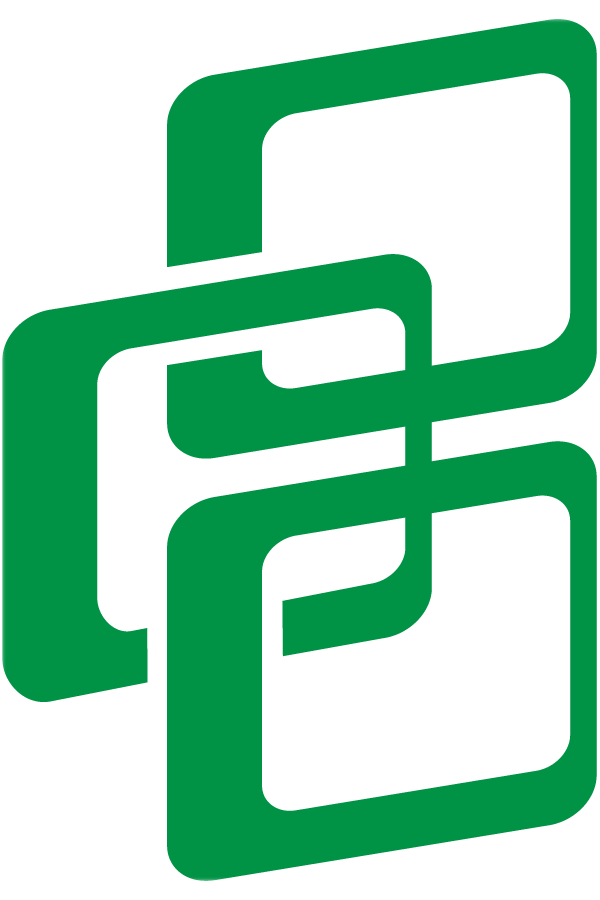Digital Supply Chain Control Towers - Friend or Foe?
As the hype cycle for all things visibility, digitization, and connectivity vie for leadership attention, we at SCM Connections thought it might be helpful to report from the field as to the applications we’ve seen, where they’ve been proven effective, and where we stand relative to value for investment. With this, we’ll take a look at some of the key benefits offered as well as major challenges faced by supply chain control towers.
Control Towers Definition & Example
Supply chain control towers are a form of technology that generally “scrapes” information from proprietary and public data sources where real or near-real-time information is required in order to make a time-sensitive decision. Control towers have been developed across a variety of supply chain disciplines, including:
Issue and need-status ID/tracking
Plan: demand/supply sensing
Buy: spend trend and category risk
Make: production order status, finite capacity status
Move: tendered freight location/ETA/asset location
Sustain/Comply: lot tracing/tracking cross-echelon
In most control towers data Is collected, coalesced, condensed, and reformatted graphically, reporting against pre-developed performance thresholds or requirements.
A recent control tower development effort at a major US-based airline serves as a sound example of these elements coming together effectively:
The carrier’s world-wide operations centers monitors in-flight and ground-asset status in real-time. A long-standing challenge was to coalesce the information necessary to solve an Aircraft on Ground (AOG) situation in which idled, expensive assets unable to perform (most-often located at unsupported locations around the globe) pose a massive resource and profitability challenge/opportunity every day. The carrier employed many of the principles listed above to simplify the necessary maintenance status, spare-part, and personnel requirements to solve these issues in a timely and prioritized fashion.
The associated control tower amassed disparate data from various systems such as:
Impact (for prioritization)
Passenger and freight status – delay
Profitability at risk
Schedule impact for same asset expected elsewhere in the network
Diagnosis
Tail number maintenance logs, Preventive Maintenance (PM) status
Recent operating parameters (sensor data from last-working events/time)
Resolution
Diagnosis status and detail
Part/Resource Requirements
Identification of most efficient available resources needed
Resource availability for resolution without impacting schedule or exceeding capacity (eg. Spare part is in Chicago (ORD), AOG is in Des Moines (DSM), personnel in DSM adequate for installation and certification.)
Other Contributors
Weather
Airport or Geography Risks
Challenge Characteristics that make for Effective Control Tower Use
Several things make the airline maintenance example an ideal case for Control Tower development and use:
Centralized collection and dissemination of one source of data to a group given authority and discretion to take action.
A recurring challenge (despite efforts to minimize via preventative measures) that addresses a fact-based historical reality (AOG). This stands in contrast to control towers assembled to predict and take pre-emptive action. The nature of prediction is of course more difficult to plan and execute than a response to a fact-based historical event.
Geographic disparity – control towers that collect data at scale and are informed/connected throughout a network.
An underlining demand/supply strategy supporting the collection of data from a finite number of sources. Leading with the technical development of a control tower without an established network, inventory, facility, and human resources strategy has lower success and adoption than from a technology solution alone. This is regardless if the tower is part of one-off custom consulting effort or through one of the popular supply chain tower technologies (e.g. O9 Solutions, et al).
Value for Investment
In our survey of clients, investments still outpace returns suggesting that this form of digitization still has some work to do before reaching Gartner’s Plateau of Productivity. We summarize the headwinds still facing adoption of control towers center into three categories:
Lack of an organizing strategy on how and where to deploy assets to a challenge and where to structure centralized control, data collection, and action.
Lower-than-necessary planning maturity, reporting and discipline. We find a high correlation between planning maturity (organization, process, master data) and the effectiveness of control towers
The cost of creating and maintaining control towers technically. There is a trade-off between the level of complexity and nuance created in the tower and the costs associated with its creation and maintenance. The cost for an outside expert to develop against the scale and duration of use still suggests most depend on outside resources for development. Value will come from internalizing the development process for “easier” and more timely deployment and redevelopment.
In short, we find the use of control tower philosophy and technology holds long-term promise for those that choose to deploy. It is time now to focus on the underlying strategies and planning maturity that makes the data collection more straightforward and value added.
Learn more on our findings at scmconnections.com or on our YouTube Channel.


